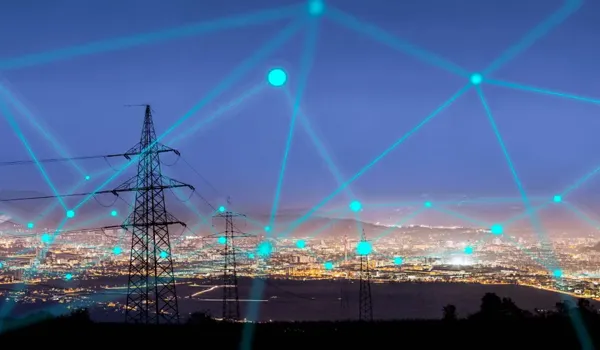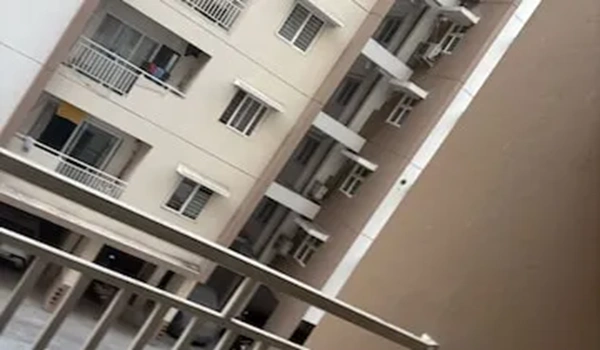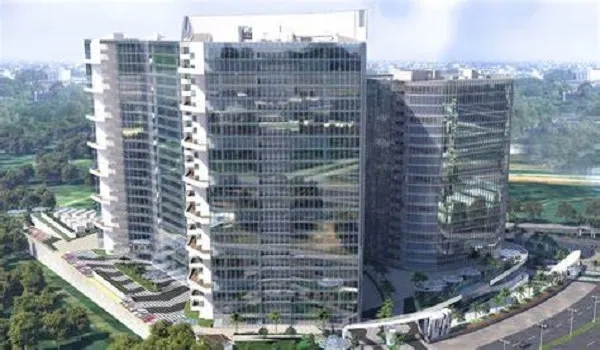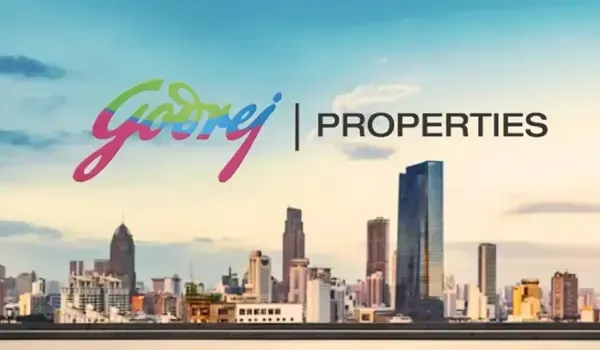Underground Utilities and Smart Grids in Apartments: The Bangalore Buyer's Guide

Underground utilities are the hidden network of power, water, sewage, telecom, and gas lines placed below the surface, while smart grids are digital electricity systems that measure, communicate, and balance energy use across a community. Together, these two systems shape how safe, reliable, and efficient an apartment project feels day to day in Bangalore.
Underground utilities move messy, risk-prone services out of sight and into planned corridors. Power cables run in protective ducts. Water, sewage, and stormwater lines follow clear gradients with inspection points. Broadband and intercom lines share common trenches. The outcome is a campus that looks neat, handles rain better, and suffers fewer accidental breakdowns.
- Fewer outages during wind and rain
- Cleaner streetscapes without poles and dangling wires
- Easier repairs using manholes and junction pits, not full-scale digging
- More usable ground space for trees, play zones, and walkways
A smart grid links meters, sensors, and software so power use can be seen and managed in real time. In homes, you get smart meters and an app to track units. In common areas, pumps and lighting can shift to off-peak hours. Across towers, the system balances EV charging and supports rooftop solar when added.
- Clear visibility of consumption so waste is easier to cut
- Stable elevators and common services during load spikes
- Fair EV charging that does not trip the supply
- Faster fault detection, which shortens downtime
Burying cables and building service corridors adds cost during construction. Smart meters and control gear add a bit more. Over time, many communities recover that spend through lower repair bills, fewer outages, smarter common-area power use, and landscapes that do not need repeated restoration after utility work.
Bring simple, pointed questions and ask to see drawings.
- Utility plan: Are power, water, sewage, stormwater, and data lines mapped with access chambers and separation between stormwater and sewage
- Power architecture: Sanctioned load per flat and per tower, redundancy for lifts and essential services
- Smart metering: App or portal for usage, alerts, and service tickets
- Solar and battery readiness: Can the project add rooftops and storage later without ripping up half the site
- EV plan: Number of chargers, load balancing method, individual billing
- Maintenance: Who owns the underground network after handover, typical response times, and escalation paths
Township-scale planning makes these systems work better because routes are designed once for many towers. In Shettigere, near the airport Trumpet Road, large campuses are using buried networks and energy-ready designs to keep services steady as the area grows. A good reference point is Godrej MSR City, a new 62-acre township with around 20 acres of green area and a mix of 2 and 3 BHK homes. Its scale and location allow cleaner utility corridors and smoother upgrades like wider EV charging or solar integration over time. Always confirm the final specification sheet for exact scope before you book.
- Heavy rain weekend: Separate stormwater lines with silt traps keep basements dry and reduce waterlogging inside the campus.
- Festival evenings: Demand peaks rise, but load management keeps lifts, lighting, and pumps steady.
- EV ownership growth: Smart allocation lets more residents charge without long queues or tripped circuits.
- Adding solar later: The grid accepts rooftop power and shares it across common services, lowering bills.
- "Underground means no digging ever." Repairs still happen, but through planned access points, not random trenches.
- "Smart grids are only for giant projects." Scale helps, yet even mid-sized communities gain from smart meters, EV balancing, and fault alerts.
- "These are only cosmetic." The tidy look is a bonus. The real value is safety, uptime, and controlled operating costs.
If you want low drama living, focus on what lies under the paths and behind the meter box. Ask to see the utility routes, the metering plan, and the EV layout. Look for clean separation of stormwater and sewage, and for an upgrade path that accepts solar and more chargers later. In growth pockets like Shettigere, communities planned at township scale, including projects such as Godrej MSR City, can turn these systems into everyday comfort, predictable bills, and a campus that stays organized years after handover.








